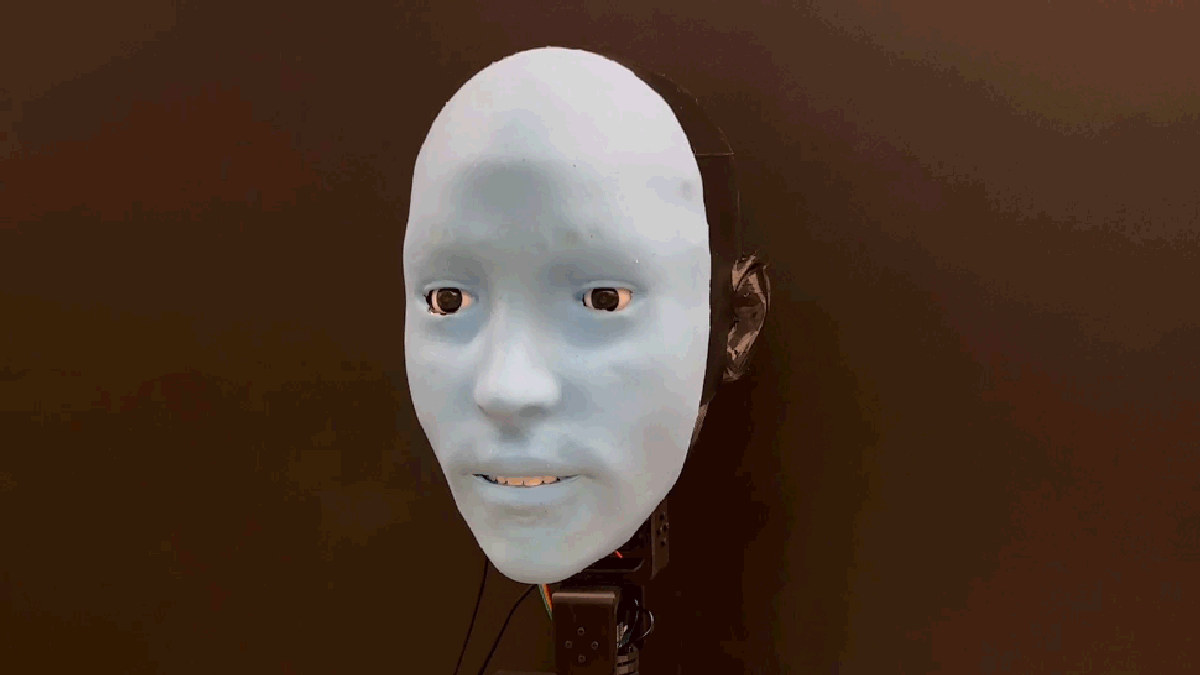Advancements in Human-Robot Interaction
As robotics and artificial intelligence progress, the pursuit of creating robots that are more approachable and less intimidating has become a sought-after area of research. Recently, a team of federally funded researchers introduced their latest creation, a robot named “Emo,” which boasts the ability to replicate the facial expressions of the person it is engaging with. This breakthrough represents a significant step forward in human-robot interaction.
Emotion Mimicry in Robotics
In their published paper, researchers highlighted the technical aspects of creating Emo and the meticulous efforts undertaken to enhance its responsiveness to human stimuli. The researchers emphasized the crucial role of the human smile in social dynamics, pointing out that simultaneous smiling between individuals fosters a sense of connection and mutual understanding.
Few gestures are more endearing than a smile. When two individuals smile in unison, not only is the sentiment reciprocated, but the ability to synchronize smiles implies a deep comprehension of each other’s emotional states.
Emo is classified as an “anthropomorphic facial robot,” building upon its predecessor “Eva,” with significant technological advancements. The primary objective with Emo was to achieve a state of “coexpression,” where the robot can mirror a person’s facial expressions in real-time. This was made possible through the development of a predictive algorithm trained on a substantial video dataset capturing human facial expressions.
Technical Specifications of Emo
The functionality of Emo’s facial expressions is driven by 26 motors and actuators, meticulously designed to recreate symmetrical and asymmetrical human facial movements. The robot’s skin, made of interchangeable silicone, can be easily replaced for maintenance or aesthetic modifications, offering a personalized touch to its appearance.
Furthermore, Emo features high-resolution RGB cameras within its “eyes,” enabling the robot to visually perceive its conversation partner and mirror their facial expressions accurately. The integration of a learning framework, incorporating neural networks to predict both Emo’s and the interlocutor’s expressions, enhances its ability to interact seamlessly.
Ultimately, the fusion of cutting-edge software algorithms and mechanical components culminates in Emo’s remarkable capability to mimic human facial expressions with precision and fluidity. This technological breakthrough sets a new standard in human-robot interaction, paving the way for more intuitive and emotionally responsive robotic companions.
Image/Photo credit: source url





